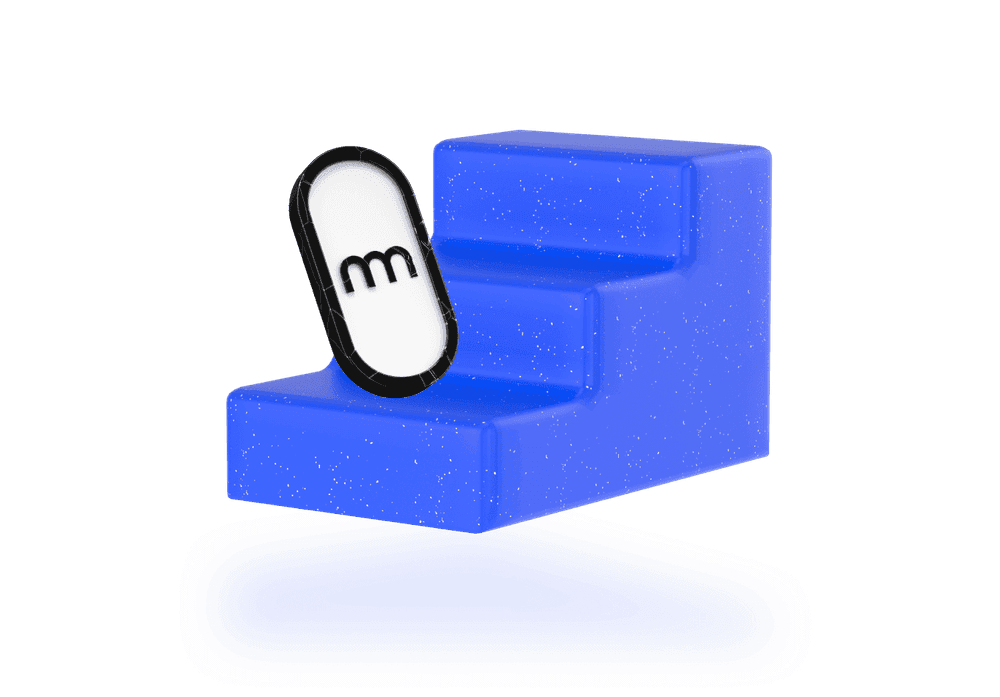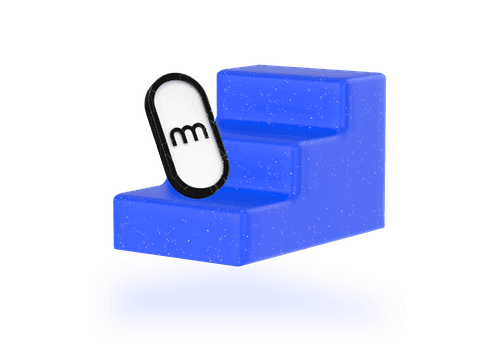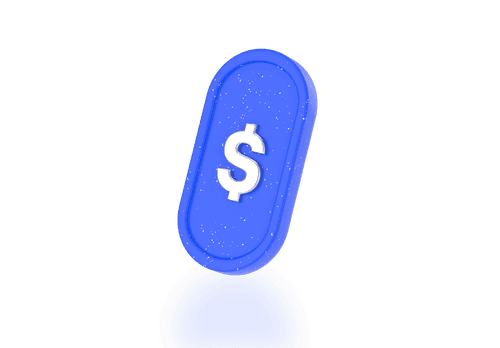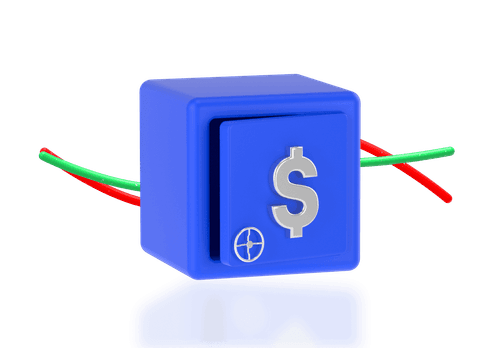Beginner
Introduction to Trading for Beginners

Trading is a central activity in the global economy, providing individuals with opportunities to engage in the financial markets. This guide focuses on trading for beginners, aiming to simplify the process and principles of trading. It covers essential concepts and practical approaches to make it easier for those new to trading, including day trading, forex trading, stock trading, crypto trading, CFD trading, and indices trading.
What is Trading?
At its core, trading involves buying and selling assets to make a profit. For example, stock trading for beginners starts with purchasing shares at a lower price and selling them when their price increases. This principle applies not only to stocks but also to other markets, such as forex, crypto, and indices trading.
Two primary forms of trading are spot trading and CFD trading.
Spot Trading: In spot trading, assets are exchanged at the time of trade. If you buy a stock, you own it until you decide to sell.
CFD Trading: CFD trading allows traders to speculate on price movements of assets without owning the underlying asset. This form of trading is often used for short-term strategies and carries higher risk due to leverage.
Types of Assets in Trading
There are various assets available for trading, each with unique characteristics. The primary categories include:

Stocks: Represent shares of ownership in a company, and traders profit by buying at a lower price and selling at a higher price. For example, popular stocks include Apple (AAPL), Tesla (TSLA), and Microsoft (MSFT).
 Commodities: Physical goods like gold, oil, and agricultural products. Commodity trading depends on market supply and demand and is often influenced by geopolitical and environmental factors. Examples of commodities include Gold (XAU/USD), Crude Oil (WTI), and Wheat.
Commodities: Physical goods like gold, oil, and agricultural products. Commodity trading depends on market supply and demand and is often influenced by geopolitical and environmental factors. Examples of commodities include Gold (XAU/USD), Crude Oil (WTI), and Wheat.
 Forex (Foreign Exchange): In forex trading, participants buy and sell currencies to profit from changes in exchange rates. The forex market is highly liquid and operates 24/7. Examples of forex pairs are EUR/USD, GBP/JPY, and AUD/USD.
Forex (Foreign Exchange): In forex trading, participants buy and sell currencies to profit from changes in exchange rates. The forex market is highly liquid and operates 24/7. Examples of forex pairs are EUR/USD, GBP/JPY, and AUD/USD.
 Crypto: Cryptocurrencies like Bitcoin, Ethereum, and others have become a popular asset for traders. The crypto market is known for its volatility, offering opportunities for significant profits but also high risk. Examples of cryptocurrencies include Bitcoin (BTC), Ethereum (ETH), and Binance Coin (BNB).
Crypto: Cryptocurrencies like Bitcoin, Ethereum, and others have become a popular asset for traders. The crypto market is known for its volatility, offering opportunities for significant profits but also high risk. Examples of cryptocurrencies include Bitcoin (BTC), Ethereum (ETH), and Binance Coin (BNB).
 ETFs: ETFs (Exchange-Traded Funds) allow traders to invest in a broad market segment or a specific sector without purchasing individual stocks. Traders profit from price movements in these funds, similar to how they would with stocks or commodities. For example, you can trade SPY (S&P 500 ETF) or GLD (Gold ETF).
ETFs: ETFs (Exchange-Traded Funds) allow traders to invest in a broad market segment or a specific sector without purchasing individual stocks. Traders profit from price movements in these funds, similar to how they would with stocks or commodities. For example, you can trade SPY (S&P 500 ETF) or GLD (Gold ETF).
 Indices: Indices represent a collection of stocks from a particular sector or country, providing a snapshot of the overall market performance. Traders can speculate on the movement of indices, either through spot trading or CFDs. Examples include the S&P 500 (USA), DAX 30 (Germany), FTSE 100 (UK), and Nikkei 225 (Japan).
Indices: Indices represent a collection of stocks from a particular sector or country, providing a snapshot of the overall market performance. Traders can speculate on the movement of indices, either through spot trading or CFDs. Examples include the S&P 500 (USA), DAX 30 (Germany), FTSE 100 (UK), and Nikkei 225 (Japan).
Choosing a Trading Platform
To engage in trading, individuals need a reliable trading platform. These platforms allow access to various financial markets, real-time data, and analytical tools, helping traders execute trades effectively. The best trading platform for beginners or advanced users will provide the necessary tools and resources to make informed trading decisions.
For example, nomo is a user-friendly trading platform designed to help traders at all levels. It offers access to crypto trading, CFD trading, indices trading, and more, all in one place. With nomo, traders can take advantage of advanced features like copytrading and MetaTrader5, providing an intuitive and educational environment for both new and experienced traders.
Brokers vs Online Trading Platforms: Why Choose Online Trading Platforms Like nomo?
Traditionally, traders have used brokers as intermediaries between themselves and the financial markets. A broker can be a physical or online entity that provides access to various markets such as stocks, forex, commodities, and indices. However, online trading platforms like nomo have emerged as a more efficient and cost-effective alternative, especially for beginners.
Here’s why nomo and similar online trading platforms can be a better choice:
User-Friendly Interface: Online trading platforms like nomo provide an intuitive interface that is easy to navigate, especially for beginners. With tools like real-time market data, advanced charting, and copytrading features, traders can execute trades quickly and efficiently. On the other hand, brokers may require you to go through a more complex and often slower process.
Low Fees and No Hidden Costs: Online platforms typically offer lower commissions and fees compared to traditional brokers. For example, nomo has a transparent fee structure that allows traders to know exactly what they are paying. Traditional brokers may have additional charges for services like account maintenance or management advice.
Access to Multiple Asset Types: nomo offers a wide range of assets for trading, including crypto, CFDs, indices, and more, all in one platform. With traditional brokers, you may need multiple accounts with different firms to access different asset classes.
Educational Resources: Platforms like nomo are designed to support traders with integrated educational resources such as tutorials, webinars, and market analysis. These resources are easily accessible and tailored to help both beginners and experienced traders. Traditional brokers may not offer as much support, or it may come at an additional cost.
Convenience: Online platforms like nomo allow traders to trade from anywhere, anytime, using a smartphone, tablet, or computer. This level of convenience is hard to achieve with traditional brokers, who often require physical visits or reliance on phone calls to execute trades.
Advanced Features: Online platforms offer advanced trading features like copytrading and integration with MetaTrader5, which allow traders to learn from or mirror the strategies of more experienced traders. These features are not typically available through traditional brokers.
Step-by-Step Guide for Beginners
Follow this simple guide to start your trading journey confidently:
- Open an Account: Select a broker or online platform like nomo that aligns with your goals, considering factors like commissions and asset offerings.
- Deposit Funds: Fund your account with an initial deposit. Starting with $1,000 gives you more flexibility.
- Educate Yourself: Use the educational resources offered by your platform or broker to learn market analysis and risk management.
- Choose an Asset: Decide which asset you want to trade — stocks, forex, crypto, indices, or others.
- Execute Your First Trade: Begin with a small trade and monitor the market to make informed decisions.
- Review and Learn: After your first trade, review the outcome to refine your strategy.
Conclusion
Trading can be rewarding, but it requires education, strategy, and dedication, especially for beginners. By understanding the basics of trading, selecting the right platform like nomo, and practicing risk management, traders can set themselves up for success.
Remember, successful trading is about more than just making profits — it's about managing risk and continuously learning. With platforms like nomo, which provide tools for crypto trading, CFD trading, indices trading, and educational resources, your trading journey can be more structured and accessible.








